Posted by Maris on 18th Mar 2024
10 Amazing Facts about National Museum of Scotland
Edinburgh, Scotland is home to the National Museum of Scotland. Following a merger between the New Museum of Scotland, it was established in 2006.
In essence, it has collections on Scottish history, culture, and antiquities. On the other hand, it is close to the Edinburgh Museum of Science and Art and the Royal Scottish Museum, which opened for business in 1866.
The two interconnected buildings are located next to one another in the heart of Edinburgh on Chambers Street, near the George IV Bridge. Moreover, it is a component of National Museums Scotland.
While the former Royal Museum building was started in 1861 and partially opened in 1866, the two structures still have unique characteristics. The Museum of Scotland is housed in a modern facility that opened in 1998.
The architectural design by Francis Fowke and Robert Matheson has a large central hall made of cast iron that rises to the entire height of the structure, evoking the Victorian Venetian Renaissance.
This building saw extensive renovations and reopened on July 29, 2011, following a three-year, £47 million project directed by Gareth Hoskins Architects to enlarge and preserve the structure, as well as a concurrent redesign of the exhibitions by the Ralph Appelbaum Association.
Raph Appelbaum Associates
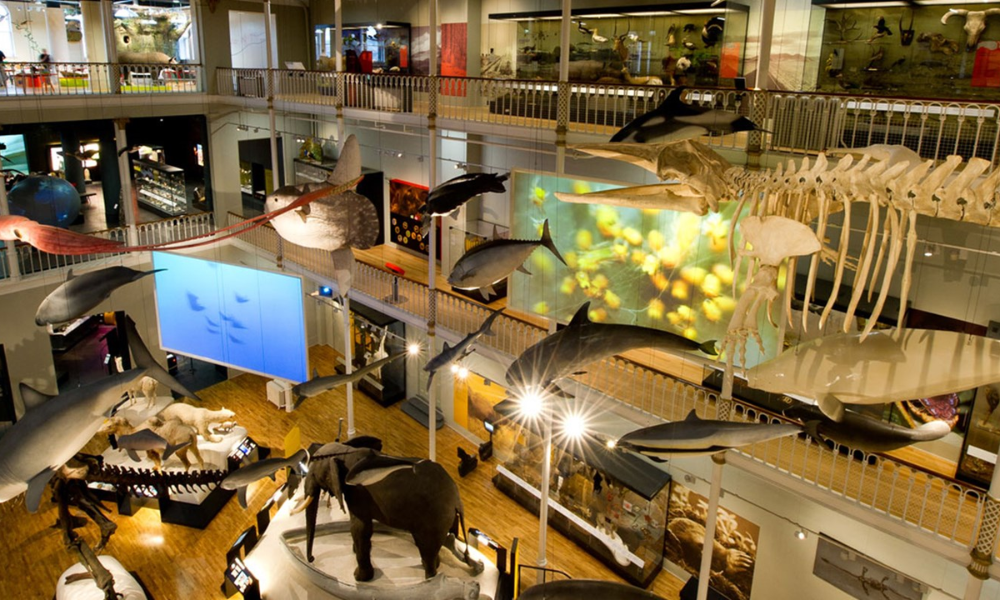
The holdings of the former National Museum of Antiquities of Scotland are now part of the National Museum.
The museum houses international artefacts including geology, archaeology, natural history, science, technology, art, and foreign cultures, in addition to the national collections of Scottish archaeological finds and medieval artifacts.

The 16 Brand-New Exhibition Spaces
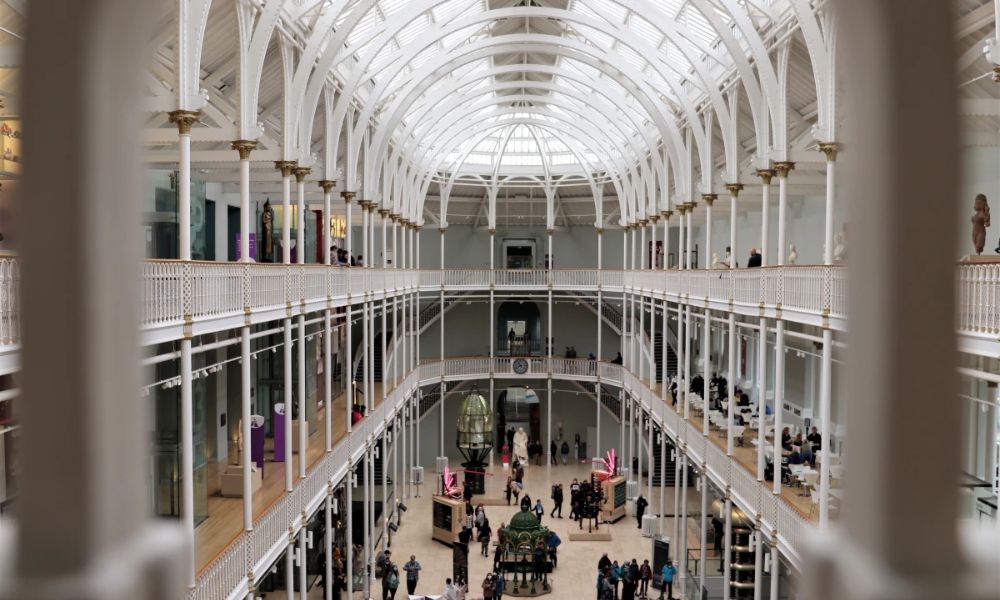
Of the 8,000 pieces in the 16 new galleries that inaugurated in 2011, eighty percent were not previously on show. The stuffed body of Dolly the Sheep is one of the more noteworthy displays. the first animal cloning from an adult cell that was successful.
Exhibitions on Ancient Egypt, one of Elton John's ostentatious suits, the Jean Muir Collection of costumes, and the Millennium Clock, a sizable kinetic artwork, are among the other highlights.
Favorite School Parties
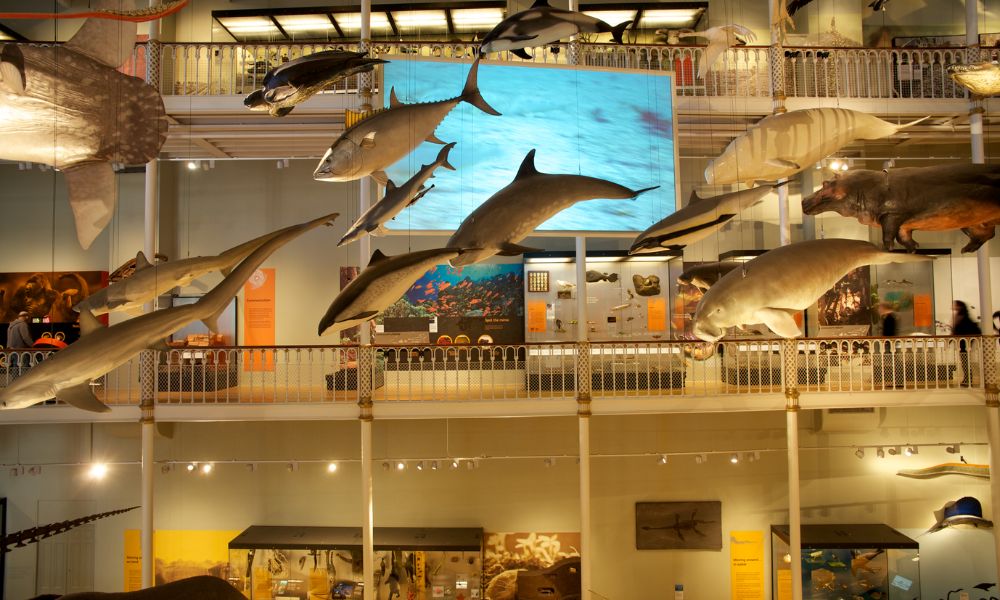
The Scottish Maiden is an early beheading device that predates the guillotine and is a perennial favorite at school functions.
The museum's diverse collection of historical artifacts, the majority of which are educational, captivates children.
Nonetheless, there is a section with a collection of vehicles, aircraft, and items for kids.
Keeps Track of the Most Visitors
With 2,210,024 visitors in 2019, the museum was the most popular tourist destination in Scotland.
Furthermore, the museum's collection of artifacts spans the globe, which is another factor drawing in more tourists.
Two Connected Museums
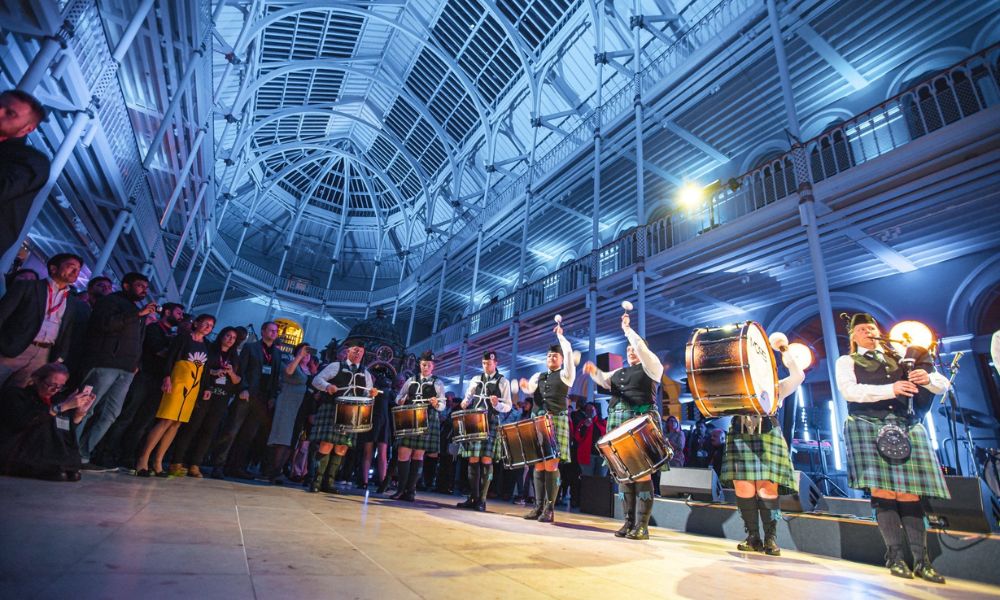
The original Victorian museum and the current building are connected. This is a stolid, gray building from 1861 that opens up into a gorgeously light and airy exhibition hall with a glass roof.
The National Museum of Antiquities of Scotland and the Royal Scottish Museum merged as an organization in 1985, but the two collections continued to exist in separate buildings until 1995, when the Queen Street building closed and was later reopened with the Scottish National Portrait Gallery as its only occupant.
The Royal Museum of Scotland building and the current Museum of Scotland building were joined when the latter opened in 1998. In 2004, the main plan to renovate the Victorian building and better combine the collections and architecture was started.
Visitors became confused by the separate names, therefore in 2006 authorization was given to drop "Royal" in order to create a single, cohesive brand.
There were pragmatic reasons for the renaming, such as marketing and strategy. In 2008, the former Chambers Street Museum building was shuttered for renovations; it reopened in July of 2011.

Reorganization of the Museum's Management
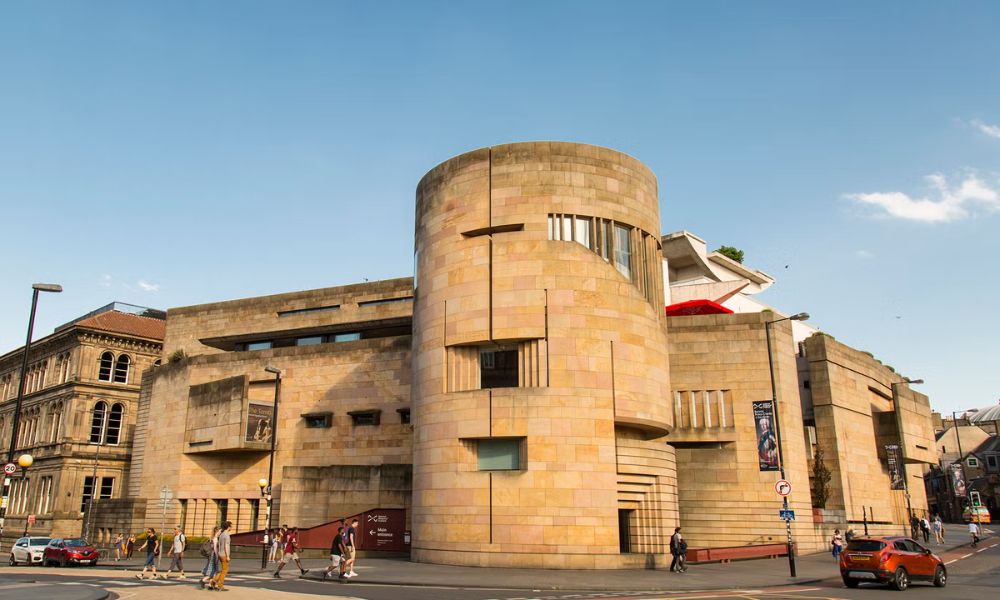
The Science and Art Department gave over management of the museum in 1901, and the Scottish Education Department took over. The museum was renamed the Royal Scottish Museum in 1904.
Additionally, the museum kept getting more and more gorgeous, offering a wide range of historical events to view, thus the administration shift was, in fact, a positive one.
Installing electricity for the first time
The early gas lighting was replaced with electricity, which also enabled the museum's first interactive exhibits.
The first two operational push-button models are a sectioned steam locomotive and a marine steam engine.
Stated differently, the addition of electricity improved the museum's collection display.
On-Show Jokes Exhibits
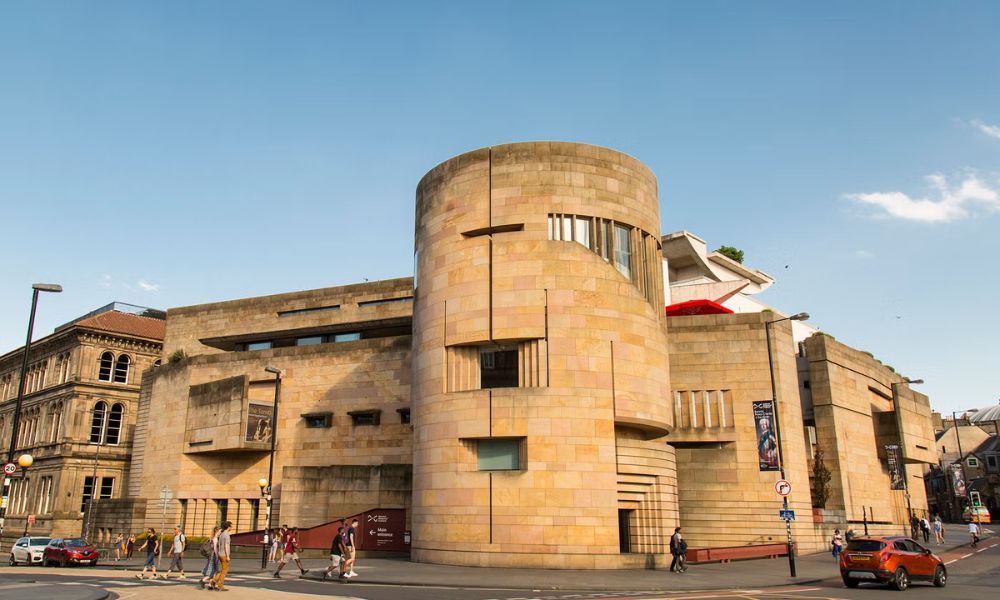
There was at least one April Fool's Day spoof exhibit at the Royal Scottish Museum.
A fake bird known as the Bare-fronted Hoodwink was displayed in 1975. It was named for the bird's natural ability to take off before onlookers could correctly identify it.
Photos of swooping, fuzzy birds were on display. A taxidermist pieced together a mount of the bird—which included the feet of an unidentified duck, the body of a plover, and the head of a carrion crow—in order to increase the exhibit's realism.
Wax made up the exposed front.
The Incredible Buildings
Although the museum draws tourists from all over the world, residents typically visit it because of its historical significance and aesthetic appeal.
More importantly, merely talking about the building's architecture is fascinating and fulfilling, as are the numerous exhibits that depict the world's rich history.
The draw for tourists
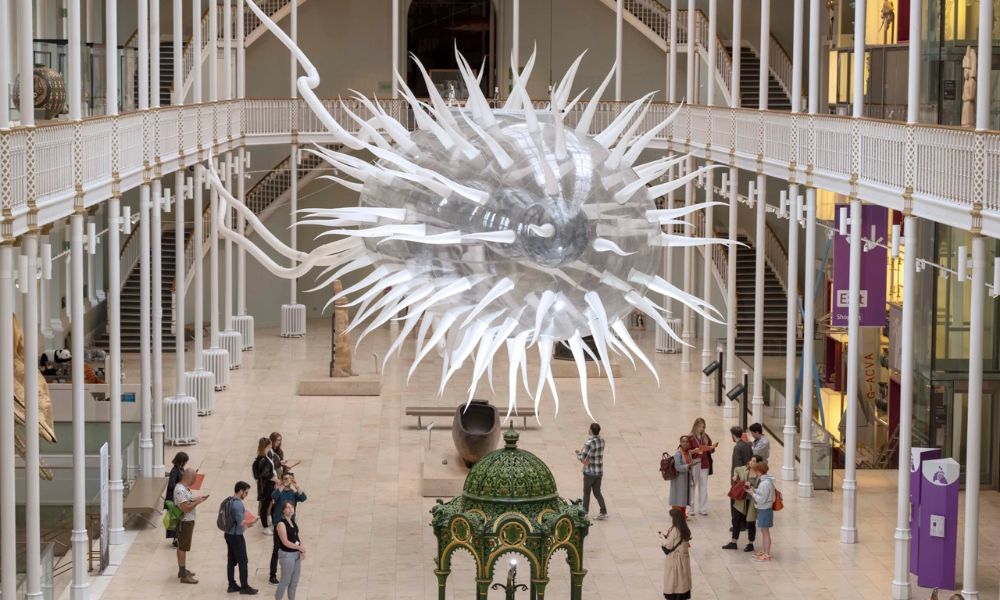
The location of the museum in Edinburgh, Scotland, is highly intriguing. But the main reason it draws tourists from all over the world is the global collection of historical artifacts.
For example, not all of the creatures in the stiffed wildlife are native to Europe. Among the objects that are obviously not from Europe are the Egyptian artifacts.
On the other hand, the international selection is less Scottish than the fashion department.
Additional items on exhibit include automobiles, planes, and numerous kid-oriented items.
Similarly, Scotland has seen an increase in visitors as a result of the museum's beauty. The vast collection of historical artifacts fascinates the majority of visitors, as evidenced by the 2,210,024 million visitors the museum saw in 2019.
This was sufficient evidence that the museum's renown extends beyond its ability to draw in local and foreign tourists.

